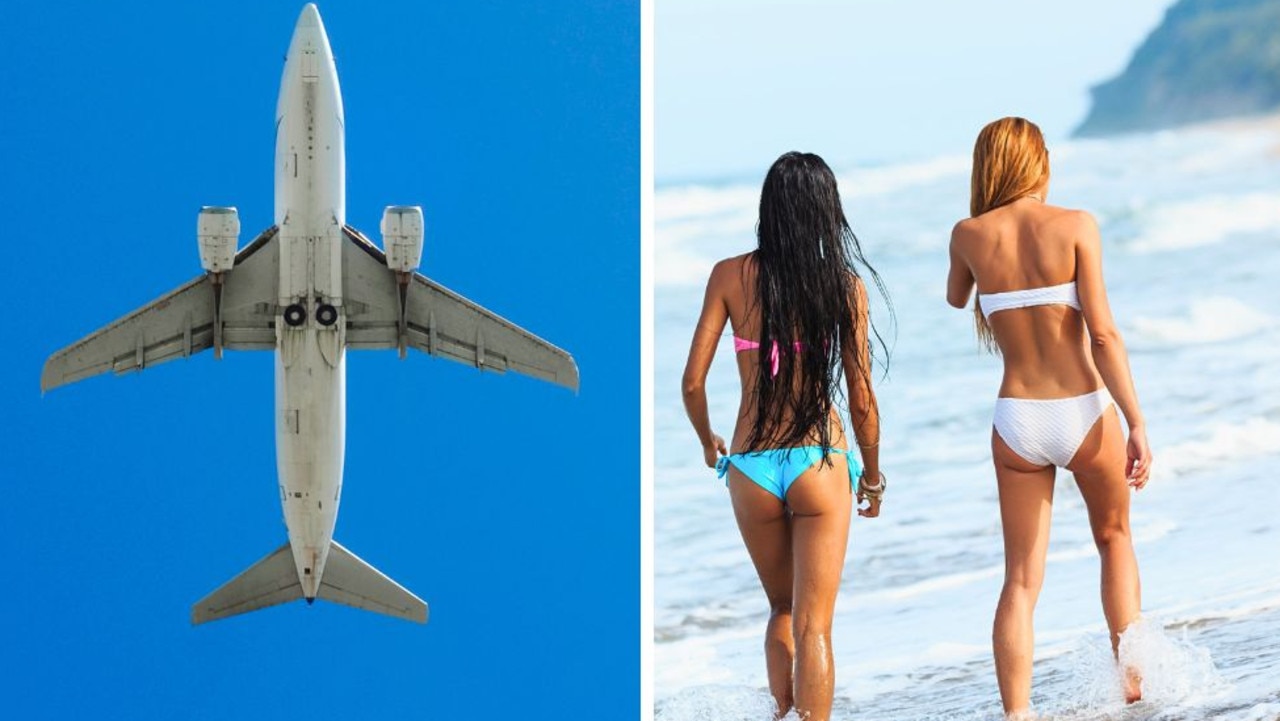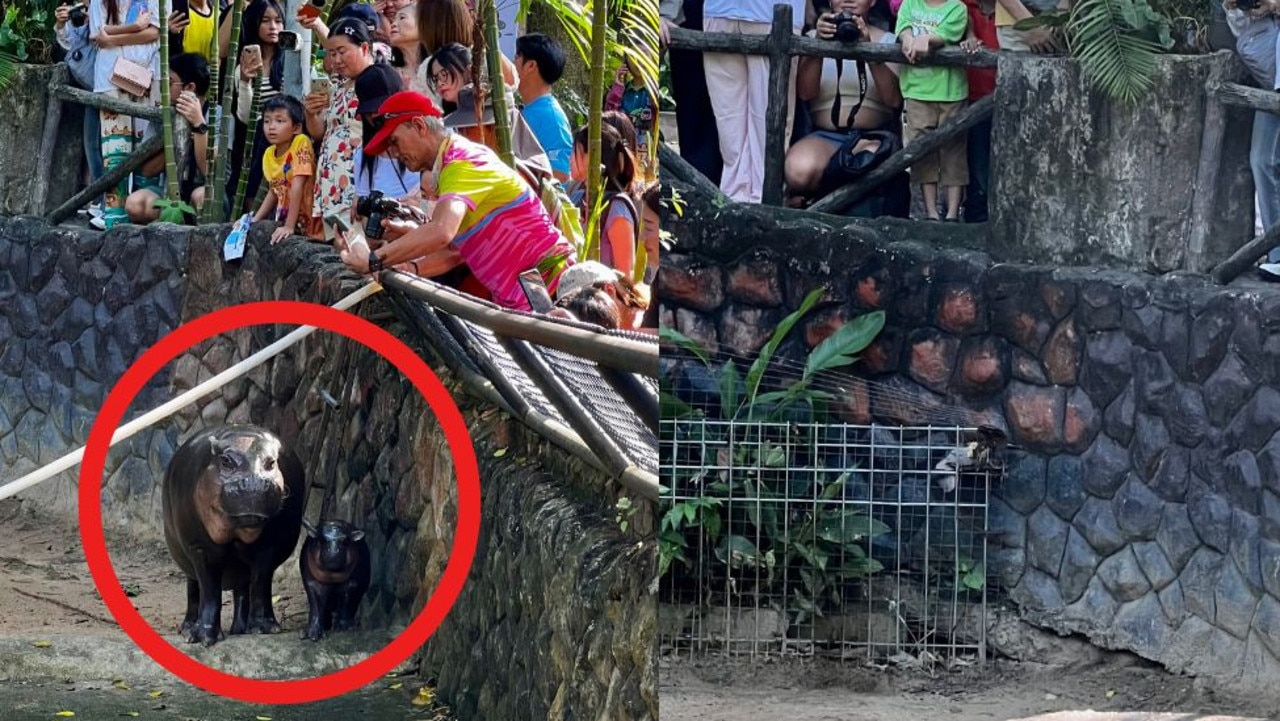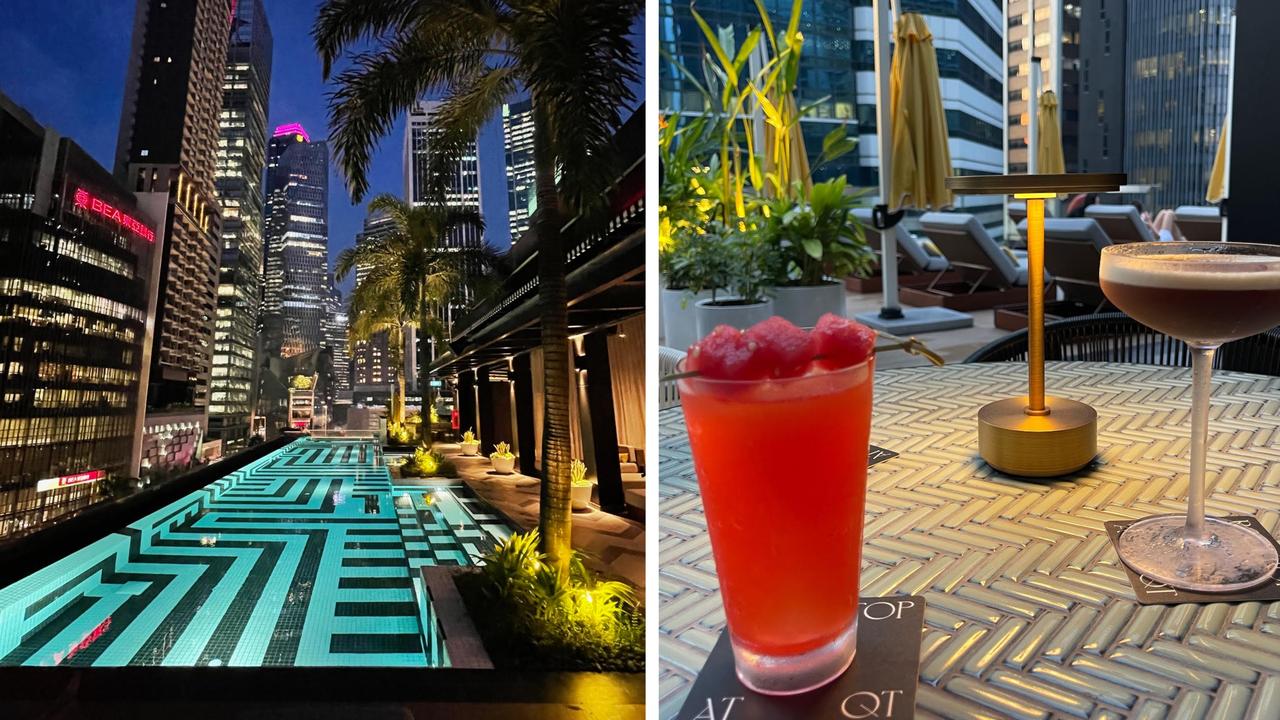No, this isn’t Bali — Sri Lanka is a paradise that Aussies are missing out on
THIS island paradise is the perfect alternative to well-trodden routes through destinations swarming with tourists. So why go to Bali when you can go here?
SRI LANKA has so much packed in to a small area — endless beaches, timeless ruins, plenty of elephants and fantastic food.
Home to 20 million people, much of Sri Lanka and it’s surrounding islands lay untouched by tourism, so it’s the perfect alternative to well-trodden routes through other nearby Asian destinations, such Thailand and Indonesia. In Sri Lanka (formerly referred to as Ceylon when the country was under British colonial rule) you’ll find historical walks, local cultural attractions, safari tours, and plenty of extreme sports activities like kitesurfing and surfing — all thanks to an almost absurdly luxurious tropical climate. Here are a few tips from leading travel search site Skyscanner on how, when and why you’ve got to see Sri Lanka soon. GETTING THERE Plenty of airlines fly from Australia to Sri Lanka, for example, Qantas, Sri Lankan and Singapore Airlines, which travel via Singapore, and Malaysia Airlines, which flies via Kuala Lumpur. There are also loads of cheap flights from India directly to Columbo from Kerala, Mumbai, Coimbatore and other major airports. Getting a cheap flight to India and then heading south may save you some money so it’s worth doing some research before you book. Factoring in the island’s seasonal rhythms (see below), it’s pretty easy to find convenient flights for that escape to paradise. WHEN TO GO Sri Lanka’s weather is rather unique. It’s one of the few places in the world that can genuinely claim to be a year-round holiday destination, meaning there’s more than one ‘best time to go’. The two questions you need to have answered are: what side of the island do you want to focus on and are you planning on visiting during the wet or the dry season? The monsoon season in the southwest runs from May to September, while the dry season here is December to March. In the north and eastern areas rainy season is October to January and the drier weather arrives in May, lasting until September. P ick a side and then select which months you’re able to travel, your choice will hugely affect the type of holiday you’ll get. If you’re after baking-hot beach time, you’re probably best picking a spot between May and September. Book accordingly, and respect the seasons to have the holiday you want. WHERE TO HIT THE WAVES Despite its modest size, Sri Lanka’s tropical climate and extensive coastline makes it one of the world’s best locations for both surfing and kitesurfing. People from all over the world flock to Sri Lanka to enjoy the water and splash around in lagoons with exotic backdrops. The Kalpitiya area is the best place for kitesurfing. Beginners should start in a lagoon, as sea-waves can make it tricky for those who aren’t experienced. Sri Lanka has a number of Kite Schools for comprehensive classes if you’re a beginner — they’re also worth checking out if you’re just looking for the confidence to tackle stronger winds if you’re a bit more experienced. For the surfers, head to the northwest coast on the peninsula of Puttalam, about a two-hour drive from the Bandaranaike International Airport (Colombo’s main airport) — you can hire a car here and head off on your own mini road trip. Surfers usually flock there from April to October, as the ocean swells are said to be more consistent and wind conditions are perfect. The most popular beach for the best waves is Arugam Bay. For board freaks heading to Sri Lanka between November and April, try the southwest areas for the right type of ocean swells — the beaches in Mirissa and Hikkaduwa are our top recommendations. TAKE A TOUR OF THE PAST Sri Lanka boasts a very rich and complex history. Starting in the sixth century BC with the medieval Tamil monarchy, right through to when the first European colonials set foot on this distant island in the sixteenth century, there’s a lot for you to take in. The best places to start are the two main UNESCO-protected areas; the central highlands of Sri Lanka and the Sinharaja Forest Reserve (more below) with its surrounding cultural sites. These include temples like the Golden Temple of Dambulla, the Ancient City of Polonnaruwa (a less crowded Angkor Wat), and larger settlements like Senkadagalapura, otherwise known as the sacred Buddhist city of Kandy. Dambulla is a cave temple — the climb all the way up to it (where you can stop for some fresh coconut water) is worth every step. This sacred pilgrimage site is probably the most impressive and well preserved in all of Sri Lanka — it’s been a religious centre for over 2,200 years. The Buddhist statues and mural paintings are spectacular and provide a fascinating window into the island’s past. MEETING THE WILDLIFE The forests of Sri Lanka’s Central Highlands are located about 2,500 metres above sea-level. It’s an intensely biodiverse area where you may just be lucky enough to spot the increasingly rare Sri Lankan leopard. Head to the Sinharaja Forest Reserve for endemic wildlife including birds and rare reptiles. The reserve is also home to almost half of Sri Lanka’s native mammals and butterflies. But if you can’t make it out to Sinharaja don’t fret — on this island you’ll struggle to find anywhere that isn’t close to some kind of national park. Minneriya is a great place to see elephants and other exotic wildlife. Sri Lanka is within the International Whale Watching Commission’s protected zone in the Indian Ocean, so there are plenty of early morning boat rides that’ll put you alongside whales and dolphins — some of the best run out of Mirissa Beach and last between two and four hours out into the deep ocean. LYING (OR DANCING) ON THE BEACH Not all of the beaches in Sri Lanka are solely for surfers. The seafood restaurants and night-life are reminiscent of Thailand: feet in the sand, fresh fish for you to feast on while you watch the inky blue sea receding into the starry night. In the north, we’d recommend Unawatuna and Galle beaches while in the south west, head for Kalpitiya and chose from fourteen tiny islands speckled just offshore for you to throw your beach towel down on. Sri Lanka is fantastic value for money, not just because prices are low, but because you get so much for your cash from one destination. In a two week holiday you can see and do a lot, without coming home feeling more exhausted than when you left — this is where Sri Lanka’s beautiful beaches come in. The island is small enough to get around, but large enough to offer new adventures when you’re ready to go seek them out ... or you could just stay on the beach. Nobody would blame you. This article was originally published on Skyscanner.



